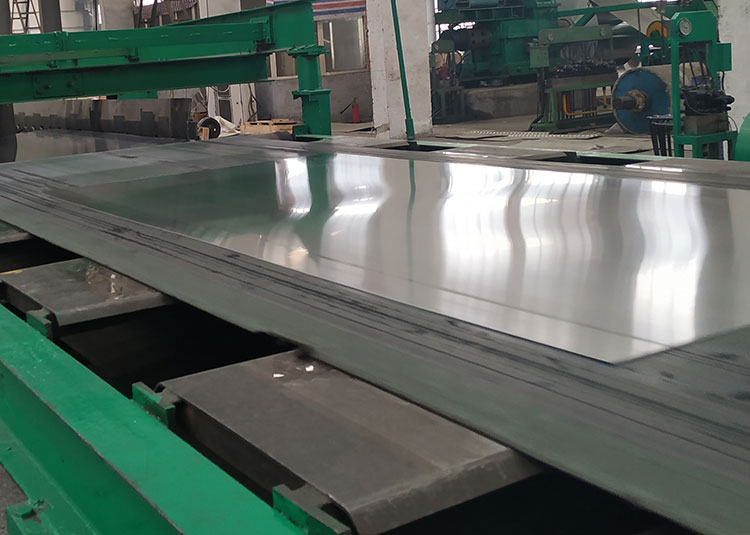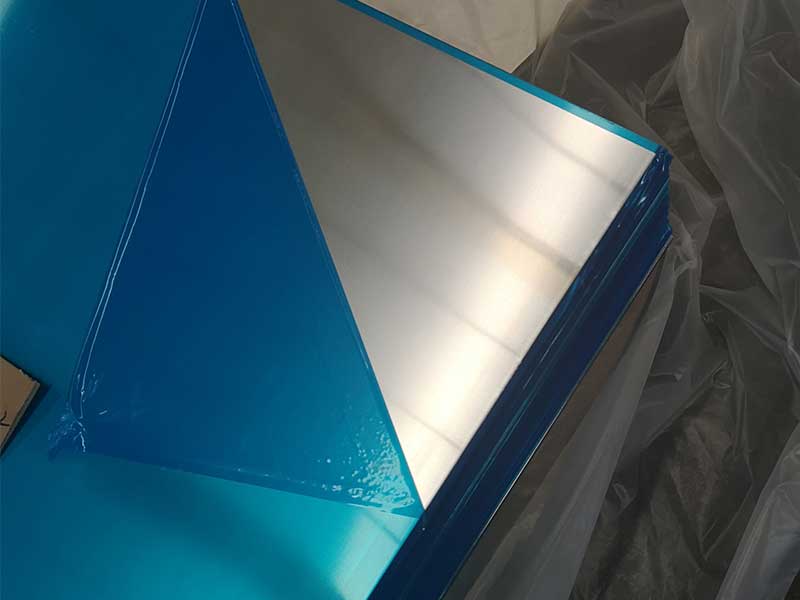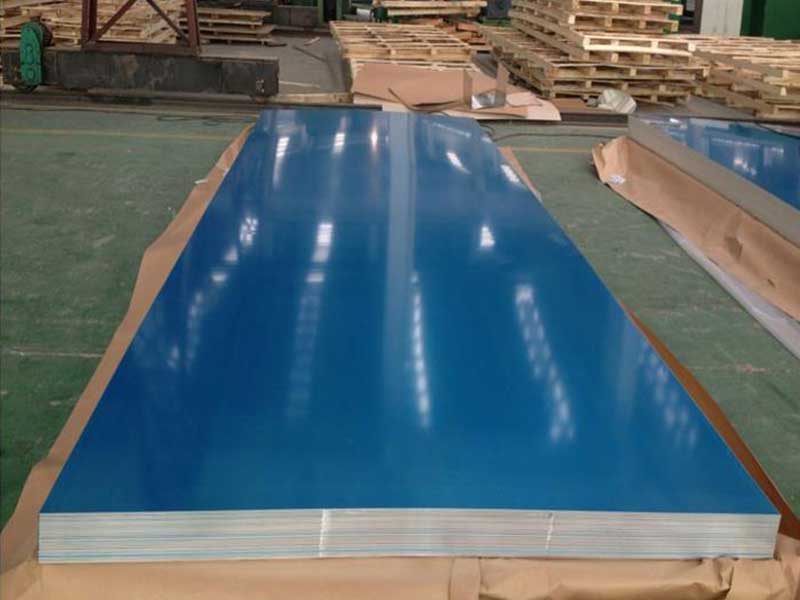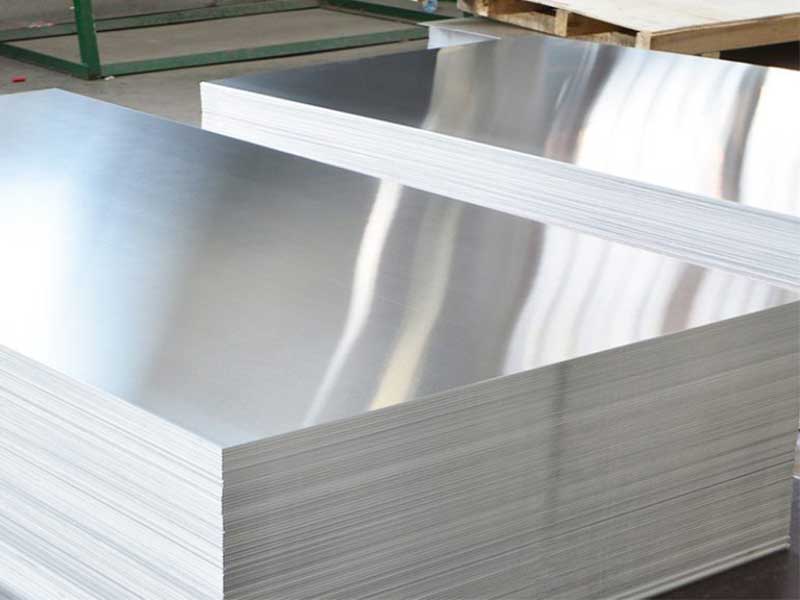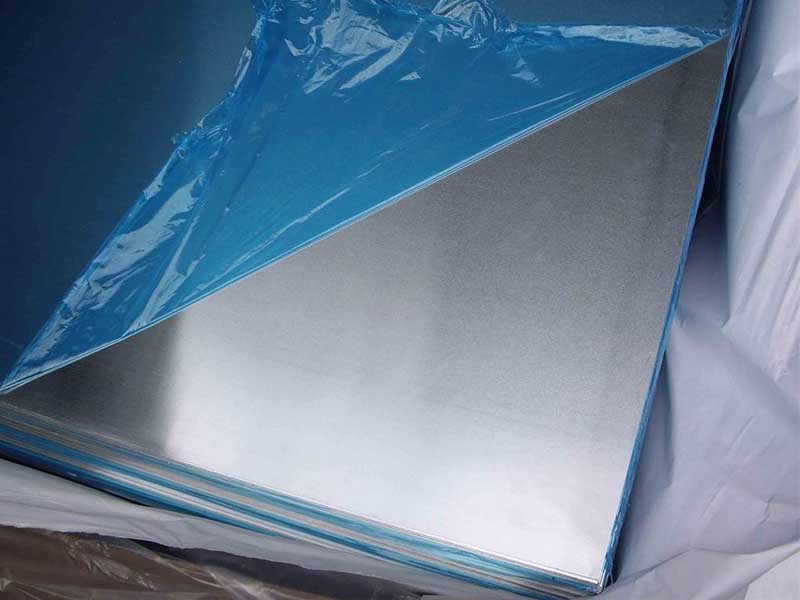Aluminum alloy plates are widely used in various industries due to their lightweight yet robust properties. When selecting these plates, you'll often encounter the terms "T5" and "T6" that refer to specific heat treatment processes. Understanding the differences between T5 and T6 aluminum plates is crucial for making informed choices for your manufacturing projects. This article will delve into each treatment method, its characteristics, and how they affect the performance of aluminum plates.
What Are T5 and T6 Heat Treatments?
T5 and T6 are designations that refer to different types of nonsaturated heat treatment for heat-treatable aluminum alloys:
- T5 Aluminum Plate: The T5 designation refers to an aluminum alloy that has been artificially aged after being cooled from "solution heat treatment." During this process, the aluminum plate is cooled rapidly and then aged at a specific temperature to enhance its mechanical properties. This treatment leads to moderate strength levels and good workability.
- T6 Aluminum Plate: On the other hand, T6 indicates a more advanced form of heat treatment. Like T5, the aluminum plate is solution heat treated and then rapidly cooled. However, the aging process is done at a higher temperature and for an extended duration. This results in the development of superior strength compared to T5 aluminum plates, making T6 a more robust and durable option.
Key Differences between T5 and T6 Aluminum Plates
Strength and Durability
The most significant difference between T5 and T6 aluminum plates lies in their mechanical properties. T6 plates typically exhibit higher ultimate tensile strength and yield strength than T5 plates. T6 can reach around 30% greater tensile strength than T5, primarily due to the difference in aging processes. This makes T6 aluminum plates preferable for applications that require high load-bearing capabilities.
Workability and Fabrication
T5 aluminum plates are easier to work with in terms of machining and forming. The moderate strength of T5 makes it suitable for shaping and bending without cracking. In contrast, T6 aluminum plates can be more challenging to work with due to their increased strength, which may require more advanced equipment.
Application Suitability
Due to their mechanical properties, T6 aluminum plates are often used in demanding applications such as aerospace components, automotive parts, and structural frameworks, where high strength and fatigue resistance are critical. Conversely, T5 aluminum plates are commonly utilized in applications that do not subject the material to extreme conditions, such as in residential buildings or lightweight consumer products.
Corrosion Resistance
Both T5 and T6 aluminum plates boast excellent corrosion resistance due to the inherent properties of aluminum. However, T6 plates can form a thicker oxide layer during the heat treatment process, making them more resilient in environments prone to corrosion.
Choosing the Right Aluminum Plate
When determining whether to use a T5 or T6 aluminum plate for your next project, it's essential to assess your specific requirements. If your application involves high structural stresses or a need for durability and strength, T6 is likely the best choice. However, if you require something that is easier to machine and designed for less extreme conditions, consider opting for T5.


